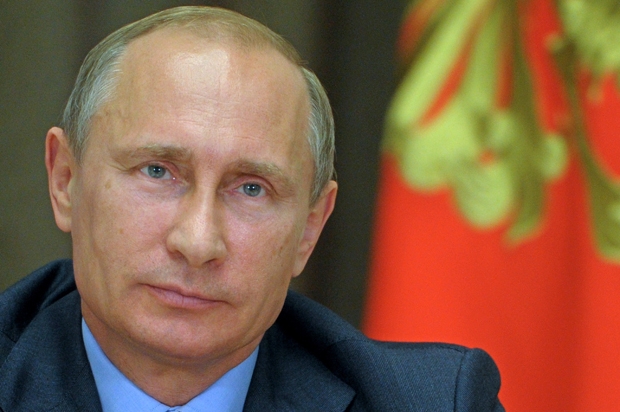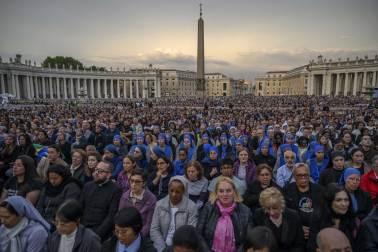An official end to the Cold War was declared at a summit between President George H. Bush and Mikhail Gorbachev on a Soviet cruise ship moored at Malta on 2 December 1989. It is only a matter of time before western governments will have to admit that it has recommenced. While the rhetoric against Islamic State has been at full volume for the past few months, a soft and diminishing response has greeted Vladimir Putin’s escalating aggression. It is as if, Crimea having been ceded, western governments want their citizens to think that the rest of Ukraine is settling down into a mere domestic disagreement. The truth is very different: Putin’s ambitions have not retreated an inch since March.
This week, the European Leadership Network published a report into 40 incidents of militaristic aggression by Russia during the past eight months. Together they constitute a huge escalation from the occasional skirmishes between Russian and Nato forces which continued after the end of the Cold War. From the Black Sea to the Baltic, the North Atlantic to the Pacific, Russia has engaged in what appears to be a deliberate and concerted effort to test the West’s defences. On four occasions, US and Swedish reconnaissance aircraft have been harassed by Russian fighters in international airspace. Russian fighters, unarmed, have buzzed US warships in the Black Sea. On one occasion Russian forces carried out what appeared to be a mock bombing mission on the Danish island of Bornholm — with planes turning away at the last moment. In September, Russian bombers appeared to stage a mock missile launch in the Labrador Sea. Most grave of all, an airliner en route from Copenhagen to Rome narrowly avoided a collision with a Russian fighter in the western Baltic; the fighter plane had not signalled its position to air traffic controllers.







Comments
Join the debate for just £1 a month
Be part of the conversation with other Spectator readers by getting your first three months for £3.
UNLOCK ACCESS Just £1 a monthAlready a subscriber? Log in